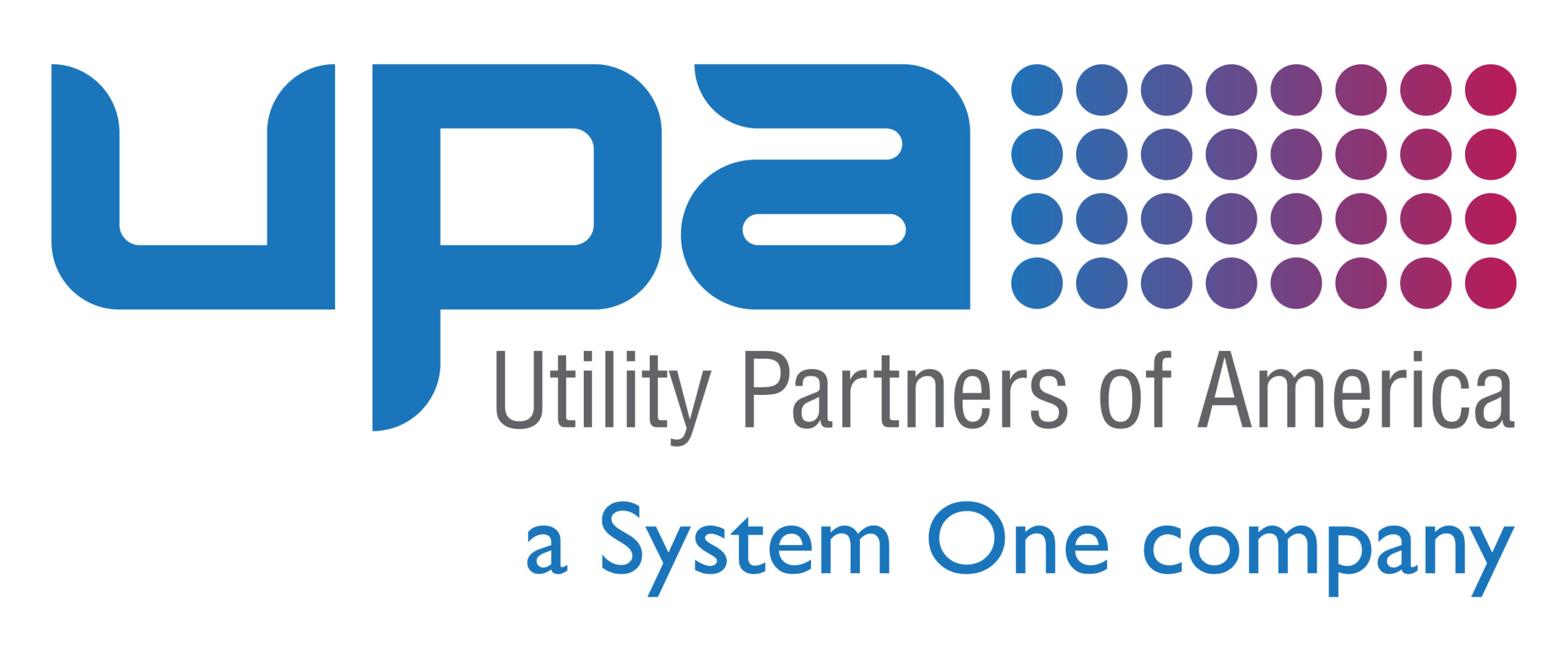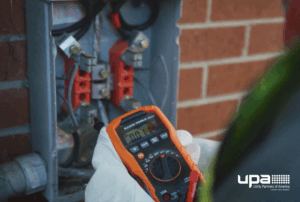“The customer is always right” is much more than just a motto in today’s service economy. For many businesses, including those in the utility industry, it’s an organizational pillar. Tailored customer journeys have gone from nice-to-haves to must-haves as utilities battle both heightened customer expectations and increased competition. In order to deliver those experiences, utilities can tune into their customers’ needs and how to provide the best possible service.
Related: Top Three Benefits of Customer Service Surveys for Utilities
If you’re interested in improving how customers view your utility, read on. We offer up our thoughts on four things today’s utility customers want.
1. 24/7 Customer Care
In a perfect world, customer complaints, questions, and concerns would only ever take place between 9 a.m. and 5 p.m. Unfortunately, that’s not the reality we live in. Outages, payment portal problems, and requests to start or stop service take place at all hours, seven days a week. Today’s customer expects their utility to be responsive when they need them.
There are numerous benefits to offering 24/7 customer care beyond just making the customer happy. It improves trust between the customer and utility and builds a positive brand for the utility. This is an excellent way to increase the customer base, as happy customers are more likely to recommend a brand they trust.
Related: A Great Customer Experience is the New Standard of Service
2. Self-service Functionality
Modern customers are pressed for time and expect quick, efficient solutions to their issues. The old days of a customer waiting on hold for several minutes or bouncing around a phone tree simply isn’t acceptable. Instead, customers want the power to take things into their own hands. The answer here is found in self-service functionality.
Related: 5 Reasons Utilities Should Embrace Digital
Empowering the customer to submit online outage notifications or scroll through calendars to book a service appointment enables customers to accomplish these tasks on their terms. Another good example of standout self-service customer care functionality is online FAQs or troubleshooting tips. Not only does this make customers happy, but it can also free up time for your employees by reducing call volume for related issues.
Related: Technology’s Impact on Customer Experience
3. A far-reaching online presence
The growth and evolution of the internet is changing the customer service game by providing multiple sources for answers and support. Simply having a website is no longer enough. Instead, customers expect different options such as branded mobile applications, 24/7 online chat, and traditional phone support.
Related: Customer Engagement Over Customer Service
It’s imperative that you have a wide-reaching online presence that includes channels like a mobile website, a feature-rich application compatible with the two major mobile operating systems, and social media accounts. It’s not enough to replicate the same content across these various channels, as each one should serve a specific purpose.
4. Problems solved
Everything we mentioned above is meaningless if the utility can’t actually solve the customer’s problem. The best way to do this is by considering each customer’s issue as if it were a personal problem for the utility. Always take each situation seriously and work hard to find a solution.
Related: Utility Customer Complaints are Serious Business
After delivering a solution, follow up and close the loop. A brief email or a quick phone call can confirm that the problem was handled to the customer’s satisfaction and that nothing else needs to be done. Customers will undoubtedly appreciate you going that extra mile.
UPA can help
Would you like to hear more about how we incorporate many of these best practices into our utility operations? Set up a time to chat by contacting us today.




